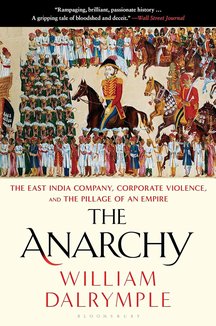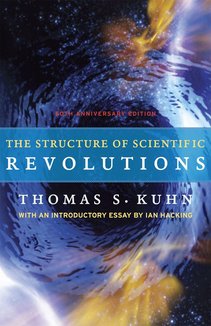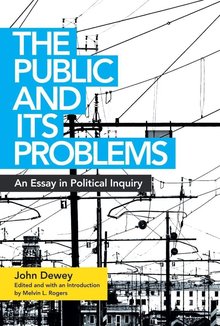Recommended Books

The Anarchy
Author:
William Dalrymple
ISBN 13:
978-1635575804
ONE OF PRESIDENT BARACK OBAMA'S FAVORITE BOOKS OF THE YEAR NAMED A BEST BOOK OF THE YEAR BY The Wall Street Journal and NPR The epic story of how the East India Company took over large swaths of Asia, and the devastating results of the corporation running a country. In August 1765, the East India Company defeated the young Mughal emperor and set up, in his stead, a government run by English traders who collected taxes through means of a private army. Over the course of the next 47 years, the company's reach grew until almost all of India south of Delhi was essentially ruled from a boardroom in the city of London. The Anarchy tells one of history's most remarkable stories: how the Mughal Empire-which dominated world trade and manufacturing and possessed almost unlimited resources-fell apart and was replaced by a multinational corporation answerable only to shareholders, most of whom had never even seen India and had no idea about the country whose wealth provided their dividends. Using previously untapped sources, William Dalrymple provides a devastating portrait of the brutality that results when a company becomes a colonial power.

The Structure of Scientific Revolutions: 50th Anniversary Edition
Authors:
Thomas S. Kuhn
,
Ian Hacking
ISBN 13:
978-0226458120
A good book may have the power to change the way we see the world, but a great book actually becomes part of our daily consciousness, pervading our thinking to the point that we take it for granted, and we forget how provocative and challenging its ideas once were—and still are. The Structure of Scientific Revolutions is that kind of book. When it was first published in 1962, it was a landmark event in the history and philosophy of science. Fifty years later, it still has many lessons to teach. With The Structure of Scientific Revolutions, Kuhn challenged long-standing linear notions of scientific progress, arguing that transformative ideas don’t arise from the day-to-day, gradual process of experimentation and data accumulation but that the revolutions in science, those breakthrough moments that disrupt accepted thinking and offer unanticipated ideas, occur outside of “normal science,” as he called it. Though Kuhn was writing when physics ruled the sciences, his ideas on how scientific revolutions bring order to the anomalies that amass over time in research experiments are still instructive in our biotech age. This new edition of Kuhn’s essential work in the history of science includes an insightful introduction by Ian Hacking, which clarifies terms popularized by Kuhn, including paradigm and incommensurability, and applies Kuhn’s ideas to the science of today. Usefully keyed to the separate sections of the book, Hacking’s introduction provides important background information as well as a contemporary context. Newly designed, with an expanded index, this edition will be eagerly welcomed by the next generation of readers seeking to understand the history of our perspectives on science.

The Public and Its Problems: An Essay in Political Inquiry
Authors:
Melvin L. Rogers
,
John Dewey
ISBN 13:
978-0804011662
More than six decades after John Dewey’s death, his political philosophy is undergoing a revival. With renewed interest in pragmatism and its implications for democracy in an age of mass communication, bureaucracy, and ever-increasing social complexities, Dewey’s The Public and Its Problems, first published in 1927, remains vital to any discussion of today’s political issues. This edition of The Public and Its Problems, meticulously annotated and interpreted with fresh insight by Melvin L. Rogers, radically updates the previous version published by Swallow Press. Rogers’s introduction locates Dewey’s work within its philosophical and historical context and explains its key ideas for a contemporary readership. Biographical information and a detailed bibliography round out this definitive edition, which will be essential to students and scholars both.
Find on:
 Amazon
Amazon